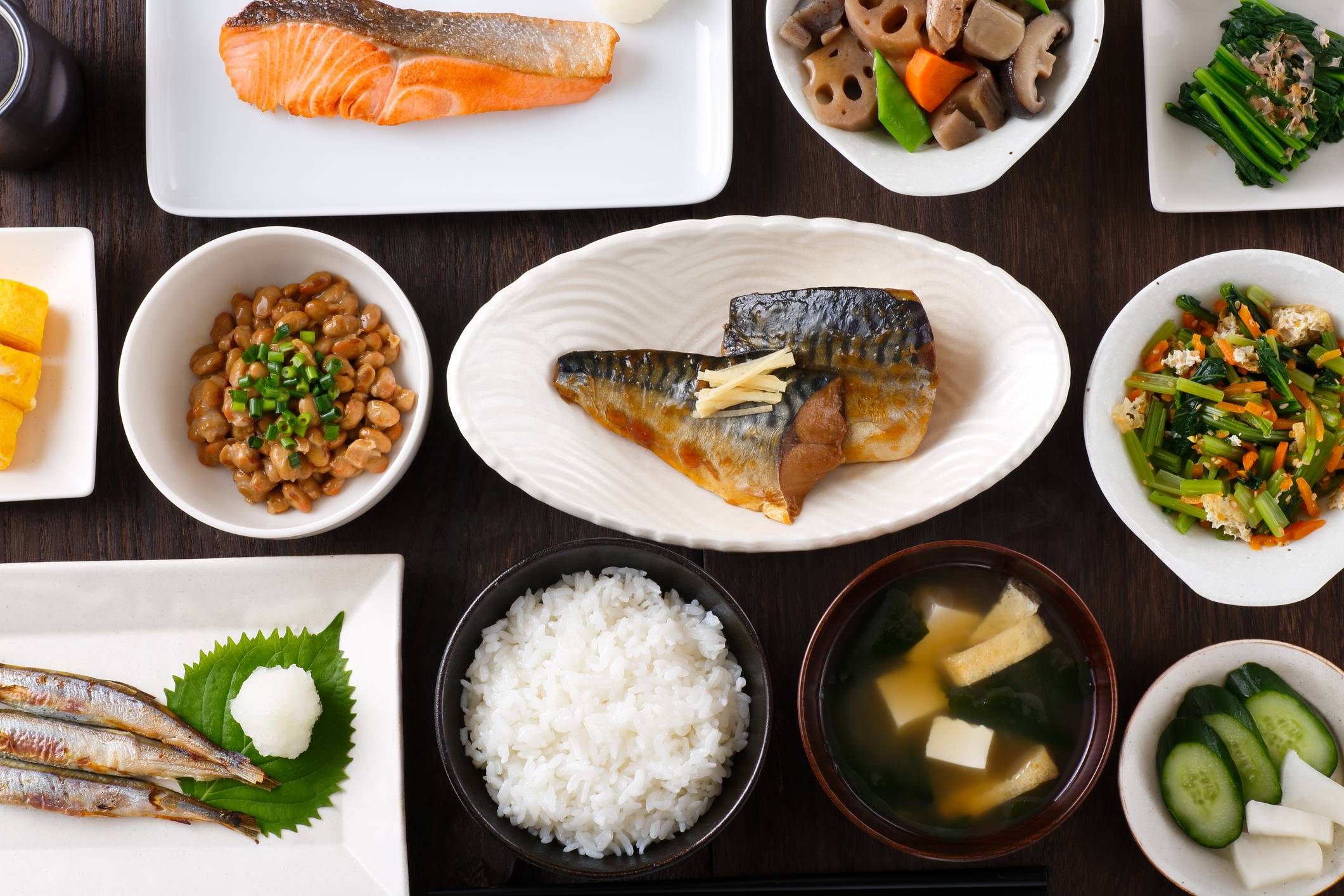My first encounter with Japan’s food culture was serendipitous. In the mid-1960s, I was given the opportunity to experience a short homestay in rural Japan. At the time, I spoke no Japanese and had never cooked anything myself. But I marveled at the nimble kitchen rhythms of the Shikoku household in which I first found myself. Simple, wholesome, satisfying fare came to the table throughout the day, every day in a cycle of seemingly effortless kitchen activity.
Fast-forward five decades, during which my curiosity led me to study the food and culture of Japan in earnest. Along the way, I realized that often what made the difference between “just ordinary” and “wonderful” food was a mindset and a set of practical guidelines that Japan’s washoku home cooks have relied on for centuries, and continue to use today.
That Japanese kitchen mindset can best be summed up with the word kansha — appreciation. Kansha encourages the creative use of all edible parts of a plant or creature, including kitchen scraps (peels and trim) and repurposed leftovers. Cooks practicing kansha are grateful for nature’s abundance and appreciative of those who steward and gather that bounty to nourish themselves and others.



















With your current subscription plan you can comment on stories. However, before writing your first comment, please create a display name in the Profile section of your subscriber account page.